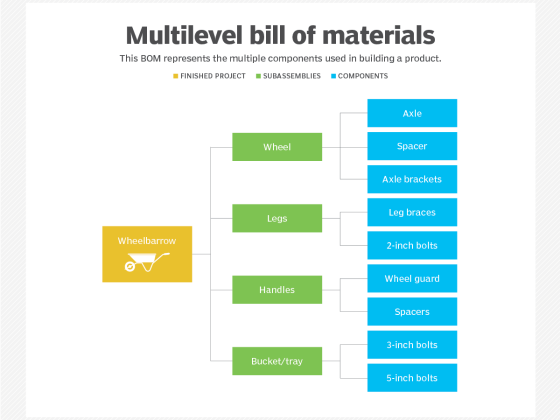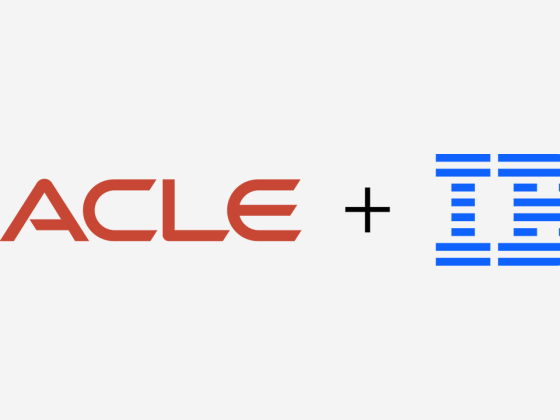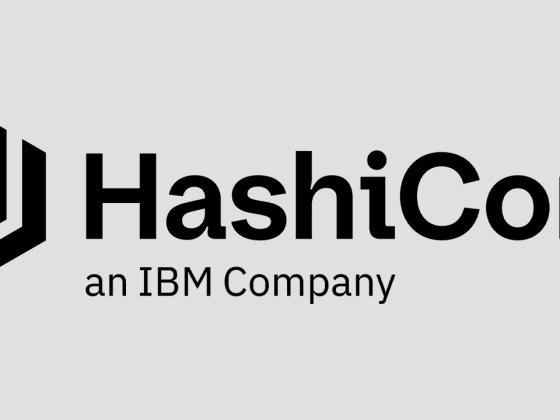Emerging as one of the formidable tools that will help businesses drive innovation and uncover new revenue streams, edge computing holds the key to digital transformation by moving computing out to the ‘edge’ of the network – to the mobile devices, equipment, and routers where data is collected. Transporting the cloud closer to where things are happening, edge computing enables businesses across industries to take advantage of all this data to make better decisions and better serve their customers at a lower latency than typical cloud computing.
A key benefit of edge computing is that users get a better experience in terms of reliability, speed, and potentially better privacy, helping companies comply with data sovereignty regulations by keeping data on location while still being able to provide all of the features expected of modern cloud-based software. Edge computing mitigates issues around resilience (i.e., you can still act even when there is no network connectivity), latency with processing happening in real-time, and network congestion because you only send the most relevant insights to the cloud. Of course, there are additional capabilities required for effective edge computing as use cases and locations can vary. For example, smaller resource constrained devices have different needs than a traditional server.
From our partners:
Clients that I work with have been keen to embrace edge computing because – at the end of the day – they see it driving transformational outcomes and giving them a technological competitive advantage. For example, IBM is working with Bharti Airtel, one of India’s largest communications solutions providers, to enable Indian businesses to innovate at the edge using hybrid cloud technology. We are building a platform to allow Airtel enterprise customers to leverage the low latency supported by edge computing while keeping data within India to comply with regulatory requirements and help improve business performance and customer experience.
Edge Computing is Made Easier by Hybrid Cloud and Vice Versa
Paving the way for organizations to act on insights closer to where data is created, edge computing enables better data control, reduced costs, faster insights and actions, and continuous operations. In fact, by 2025, 75% of enterprise data is expected to be processed at the edge, compared to only 10% today. Even more, Red Hat’s Global Tech Outlook 2022 shows that 61% of IT leaders reported that they are planning to run IoT, edge, or both technologies in the next 12 months.
On their journey to cloud, most organizations encounter a massive amount of complexity. Even if a business starts with a single cloud destination, there may be additional platforms for particular workloads – due to regulatory, cost or other reasons – and all of a sudden, the business finds itself in a hybrid cloud environment. For this exact reason, we recently launched the IBM Consulting Cloud Accelerator – which helps businesses develop an optimized cloud path to transforming those applications. Edge computing is increasingly becoming a critical part of that cloud journey and a key part of this hybrid architecture.
One way to think about edge computing’s relationship with cloud is that it can pick up where a cloud or centralized data center leaves off especially as endpoints, applications, and data become more and more distributed. The edge platform IBM Consulting and Airtel are building, for example, is based on IBM Cloud Satellite, which enables workloads to run secure IBM Cloud services across any environment, including at the edge. Airtel is piloting the platform with Maruti Suzuki, India’s largest passenger auto maker, that will use the edge solution to increase accuracy and efficiency for quality inspections on the factory floor. As a result, the manufacturer will be able to deploy processes at the edge enabled through a private 5G network to boost quality control and ensure data remains protected at the edge, which is critical for meeting production demands ensuring the safety of its vehicles.
How Red Hat OpenShift Makes this Possible
Consider this: today’s chain retailers increasingly use data to offer new services, improve in-store experiences, and keep operations running smoothly. However, most stores aren’t equipped with large amounts of computing power. Edge computing for retail could mean anything, such as a store manager who uses AI tools for staff scheduling. The benefits are similar in the case of a pharmacy, for which data security is a top concern considering the volume of PII they manage. Edge computing capabilities allow pharmacists the ability to visit patients in their homes via a tablet, without sacrificing privacy or security.
All this is possible thanks to Red Hat OpenShift, the industry’s leading enterprise Kubernetes platform, enabling developers to build, deploy and manage container-based applications across any infrastructure or cloud, including private and public datacenters or edge locations. Automating deployments of workloads across environments based on an open, more consistent platform can reduce the need for specialized skills to re-architect applications for specific environments.
Our clients want to take advantage of open-source technologies and leverage them as foundational elements of their cloud strategy. The flexibility afforded by Red Hat OpenShift is crucial to companies’ hybrid cloud journeys, particularly to help them drive consistency and simplify that massive complexity associated with cloud journeys. Because of these advantages, we’ve seen increased interest in Red Hat OpenShift and – to meet that demand – IBM Consulting’s Red Hat practice is twice as big as its nearest competitor.
Red Hat OpenShift also can save developers time by allowing them to build applications once and deploy them anywhere, using whatever tools they like. It gives teams a consistent user experience with just one interface making it faster and easier to make changes and get apps up and running.
To learn more about how Red Hat OpenShift can benefit your organization and support a strategic hybrid cloud journey, you can watch a recent webinar on this topic here. To learn more about the IBM Consulting Cloud Accelerator, you can read about it here.
For enquiries, product placements, sponsorships, and collaborations, connect with us at [email protected]. We'd love to hear from you!
Our humans need coffee too! Your support is highly appreciated, thank you!








